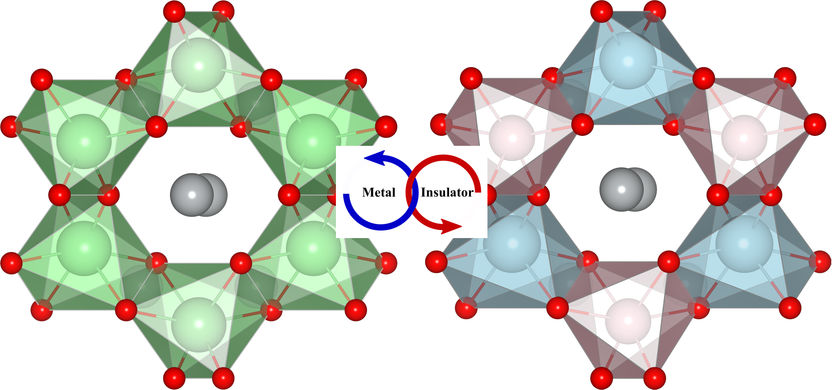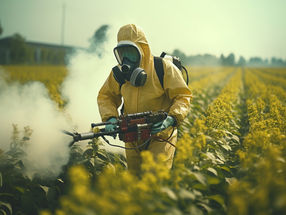Threshold values for allergenic ingredients in food needed
Experts call for limit values for the labelling and standards for handling allergens in food production
Even traces of peanuts can be life-threatening for individuals who are allergic to peanuts. Hence it is all the more important for low levels of peanuts in packaged foods to be labelled. Ingredients that are part of a food recipe and are known to be able to trigger allergies must already be labelled now. However, if traces of known allergens reach the food unintentionally, labelling is left to the discretion of manufacturers and there is no statutory regulation. Foods then carry wordings like "May contain traces of peanuts" or "In our plant we also process peanuts" on the packaging. Experts from medicine, nutritional science, official food control, pressure groups and the food industry agree that manufacturers should reduce, as far as possible, the traces of allergenic ingredients in their products. The labelling of the remaining traces should be regulated in a binding manner. To this end, limit values are needed above which an allergen must be labelled. "The values should ensure that allergy sufferers are sufficiently protected, that the amounts can be determined analytically and that they can be taken over into food production", says Professor Dr. Dr. Andreas Hensel, President of the Federal Institute for Risk Assessment (BfR). According to experts, separate limit values should be established for each allergen.
If a chocolate manufacturer first produces chocolate containing nuts and then milk chocolate, small nut residues may reach the milk chocolate unintentionally. Most consumers won’t notice this when eating the chocolate but it may have severe health consequences for allergy sufferers. In their case, even traces of allergenic ingredients can lead to disorders ranging from erythema, respiratory distress and circulatory collapse to life-threatening anaphylactic shock. Many manufacturers state on the packaging of their products that they may contain traces of allergenic food ingredients in order to protect themselves from the legal consequences of liability claims. This is done on a voluntarily basis and various phrases are used. More and more foods are being labelled in this way for precautionary reasons even if they don’t contain the allergenic substance. This unnecessarily restricts the choice of foods for allergy sufferers.
The participants in an expert meeting in Berlin discussed what threshold values can be set for the labelling of allergenic ingredients in foods. The threshold value is the lowest amount of a substance that can cause an allergic reaction of the mucosa, respiratory tract, skin or gastro-intestinal tract in sensitive individuals. However, these allergenic levels may differ from individual to individual. Furthermore, framework conditions like for instance physical exertion, other ingredients in food, or the taking of medication can influence the onset and intensity of allergic reactions.
On the basis of scientific data and findings, the amount must be determined for each allergen below which most allergy sufferers do not develop any symptoms. If this leads to a statutory limit value, care must be taken to ensure that these amounts can be detected using routine analytical methods so that they can be monitored by official food control. Food manufacturers who observe good manufacturing practice should also be in a position to comply with the limit value. Further improvements to quality management in food businesses concerning unintentional traces of allergenic ingredients were also deemed to be necessary by the participants in the expert meeting. The establishment of limit values and the ensuing labelling regulations should be accompanied by further research on allergy patients so that already established values could, if necessary, be adjusted.
The expert meeting was part of the conference “Allergies: Better Information, Improved Quality of Life” within the framework of the National Action Plan against Allergies of the Federal Ministry of Food, Agriculture and Consumer Protection (BMELV). The results of the meeting will soon be posted on the BfR website.
Other news from the department politics & laws

Get the chemical industry in your inbox
By submitting this form you agree that LUMITOS AG will send you the newsletter(s) selected above by email. Your data will not be passed on to third parties. Your data will be stored and processed in accordance with our data protection regulations. LUMITOS may contact you by email for the purpose of advertising or market and opinion surveys. You can revoke your consent at any time without giving reasons to LUMITOS AG, Ernst-Augustin-Str. 2, 12489 Berlin, Germany or by e-mail at revoke@lumitos.com with effect for the future. In addition, each email contains a link to unsubscribe from the corresponding newsletter.
Most read news
More news from our other portals
Last viewed contents

Disrupting crystalline order to restore superfluidity
Merger of CyBio AG into Analytik Jena AG Completed





























































